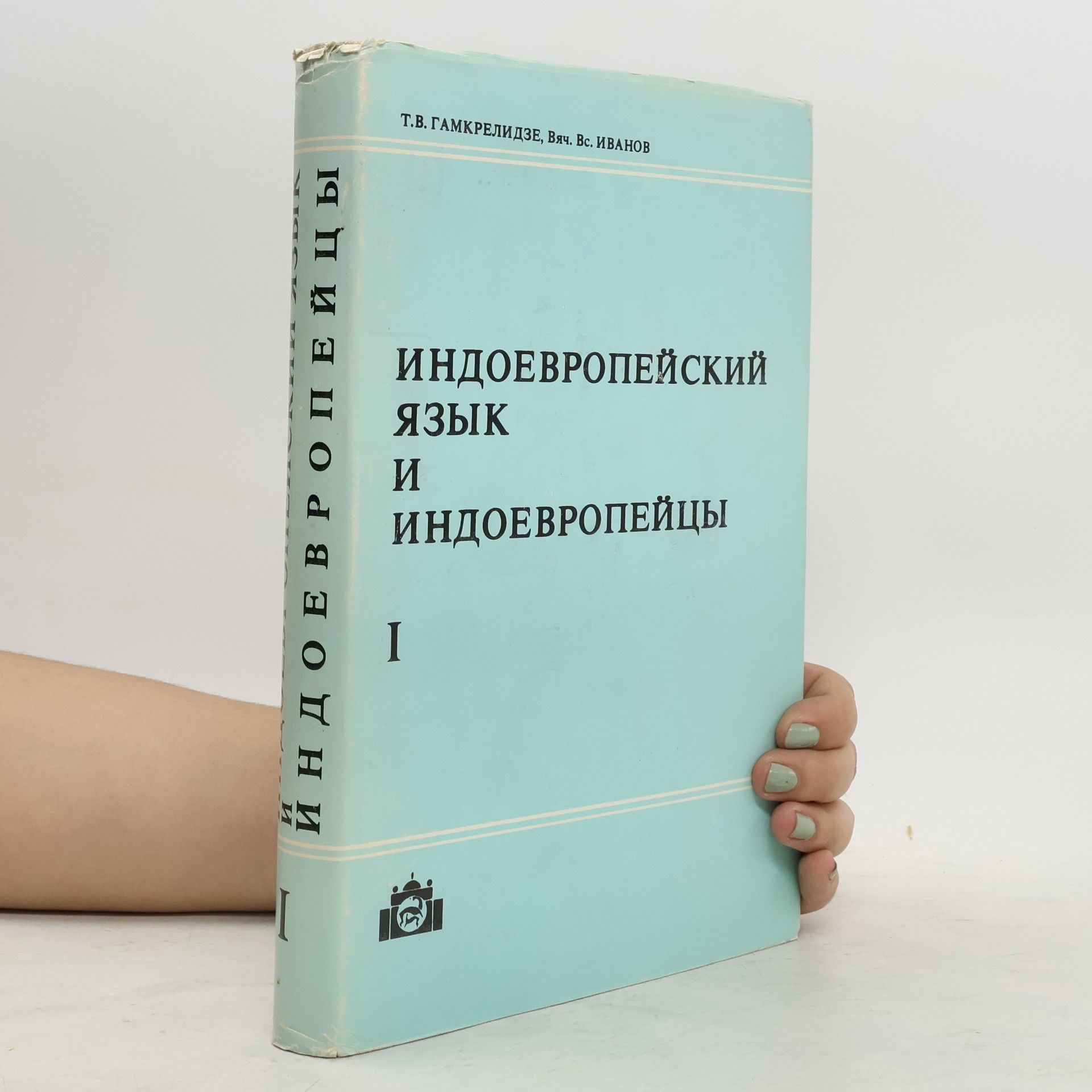The authors propose a revision of views on a number of central issues of Indo-European studies. Based on findings of typology, they suggest a new analysis of the phonological system of Proto-Indo-European (the ‘Glottalic Theory’); they offer novel assumptions about the relative chronology of changes in PIE vowels and laryngeals. Their conclusions are compared with data from Proto-Kartvelian. In the second part of the book, semantically organized presentation of material from the lexicon is combined with analyses of the use of forms and formulae in a broadly defined cultural context. Again similarities with properties of primarily Kartvelian and Semitic are described , and extended close contacts with these language families are postulated. This necessarily leads to a proposal to place the hypothetical Urheimat of the Indo-Europeans in the region south of the Caucasus.
T. amaz Gamqrelije Libri






The authors propose a revision of views on a number of central issues of Indo-European studies. Based on findings of typology, they suggest a new analysis of the phonological system of Proto-Indo-European (the ‘Glottalic Theory’); they offer novel assumptions about the relative chronology of changes in PIE vowels and laryngeals. Their conclusions are compared with data from Proto-Kartvelian. In the second part of the book, semantically organized presentation of material from the lexicon is combined with analyses of the use of forms and formulae in a broadly defined cultural context. Again similarities with properties of primarily Kartvelian and Semitic are described , and extended close contacts with these language families are postulated. This necessarily leads to a proposal to place the hypothetical Urheimat of the Indo-Europeans in the region south of the Caucasus.
Selected writings
- 207pagine
- 8 ore di lettura